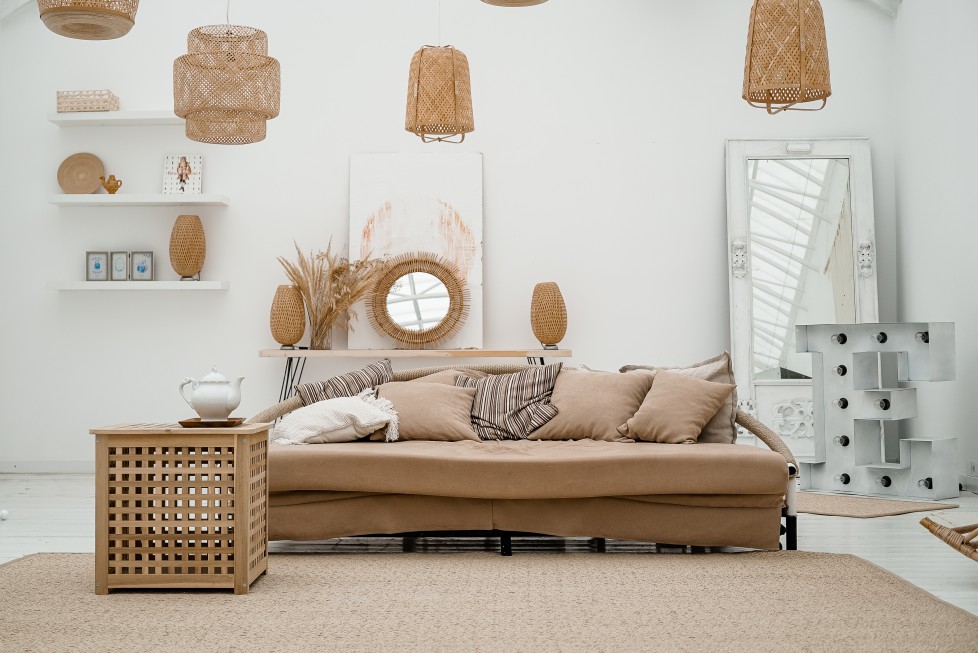4 Types of Interior Design
There are four main styles that can be used to define different areas of a home or business: industrial, traditional, modern, arts and crafts, and industrial. Each style focuses on a different aesthetic, so knowing the differences between each can help you choose a style that will fit your space and personality. Modern styles often feature clean lines, glass and steel. They are well-known for their sleek designs. This style is a great choice for a new look in your home or office. It has clean lines and a minimalist look. Industrial styles are known for their rawness, such as exposed brick.
Transitional style is a combination of traditional elegance and contemporary lines and textiles.
This style combines the old-world elegance of the style with the modern, sleek lines & textures of today. It features a neutral palette and neutral textiles with a mix between masculine and female pieces. This style includes a mixture of neutral colors and textured fabrics, such as smooth cotton, nubby Chenille, twill, or raw silk. Soft fabrics like linen and dark woods can add depth and contrast.

Coastal style is inspired by nature
Coastal style is inspired by nature and uses natural materials for the interior. Most coastal-style furnishings use natural materials like wicker or wood and emphasize comfort. Coastal furniture can be contemporary, traditional, or somewhere in between. It is all about creating an easy atmosphere, rather than overpowering the interior with layers. To capture the natural light from the room, light fixtures, hanging chairs made of wicker, and other decor items can be strategically placed.
The mid-century modern is a mix of beauty, chaos and culture
The Mid-century modern style encompasses architecture, furnishings, and accessories. The style is simple and clean. Its contrasting materials are sleek and elegant. It combines cultures and influences to create a unique, contemporary atmosphere. It is difficult to pinpoint when mid-century modern homes became popular. They were built in the 1950s or 1960s.
Arts & Crafts style is grounded on neutrals
Arts & Crafts borrows elements from a variety styles. It arose in reaction to mass-production and global industrialization and celebrated the humane and nobility of traditional craftsman. Arts & Crafts style is usually characterized by a naturalistic color palette, ranging from earth-toned tones. Furniture and accessories, for example, often have a more rigid form.
Art Deco is a mix of beauty, chaos, culture, and art.
You can add dramatic, luxurious and dramatic colors to your home by incorporating Art Deco into your decorating scheme. This design style, which was inspired by the Roaring 20s, is characterised by striking colors and geometric shapes. It can transform a space from a drab place into a tranquil oasis by being incorporated into your design scheme. To get started, learn the essential characteristics of the style and what to avoid when using it.
Maximalism is a clash in beauty, chaos and culture.
The current trend in interior design has its origins in the late 1800s, when old-school interior designers went overboard with traditional elements like chintz, velvets, tassels, and decorative trim. The maximalism movement was at its peak during the Victorian era, when ornate furnishings, objects, and patterns were popular. Maximalism has become less about tradition and more about personal indulgence.